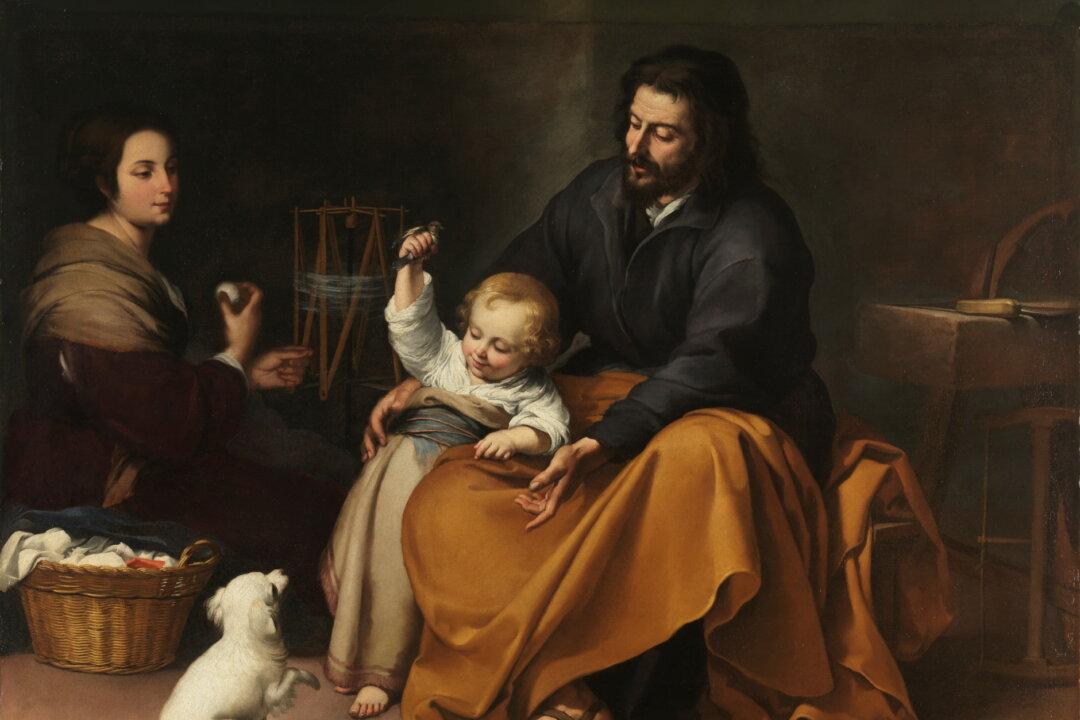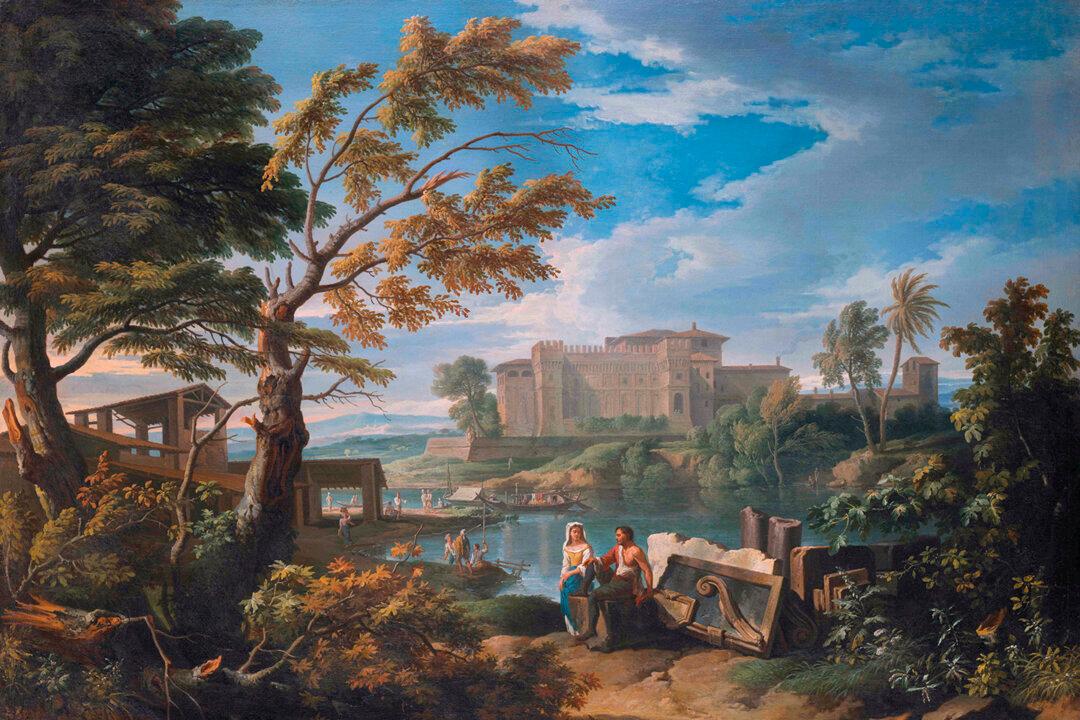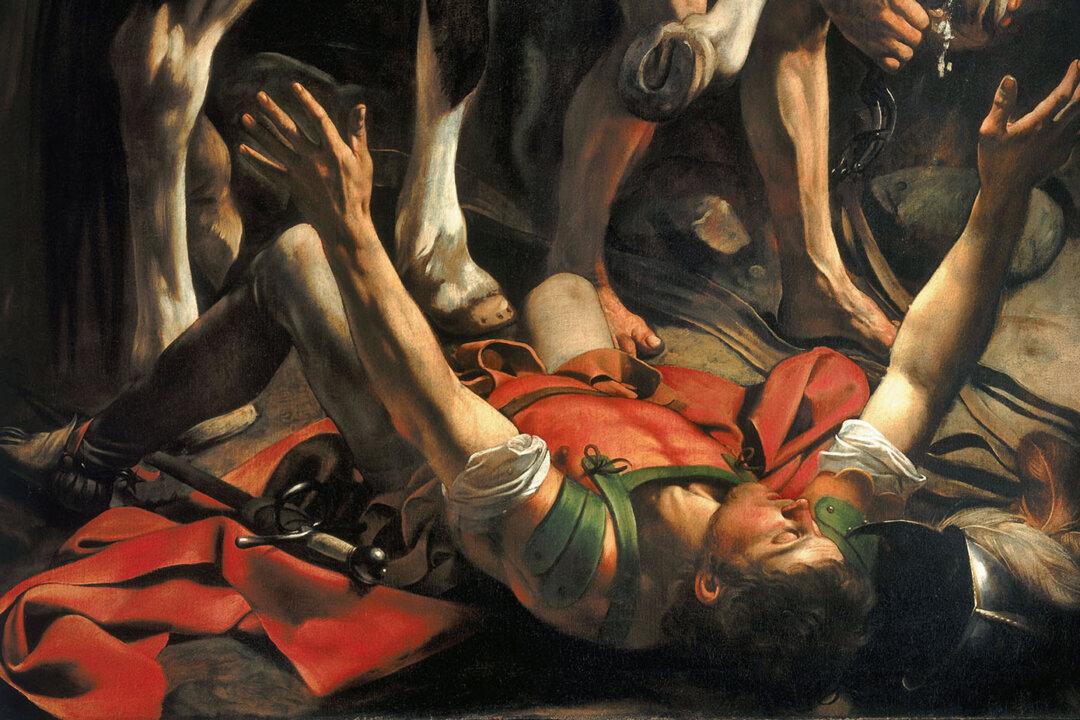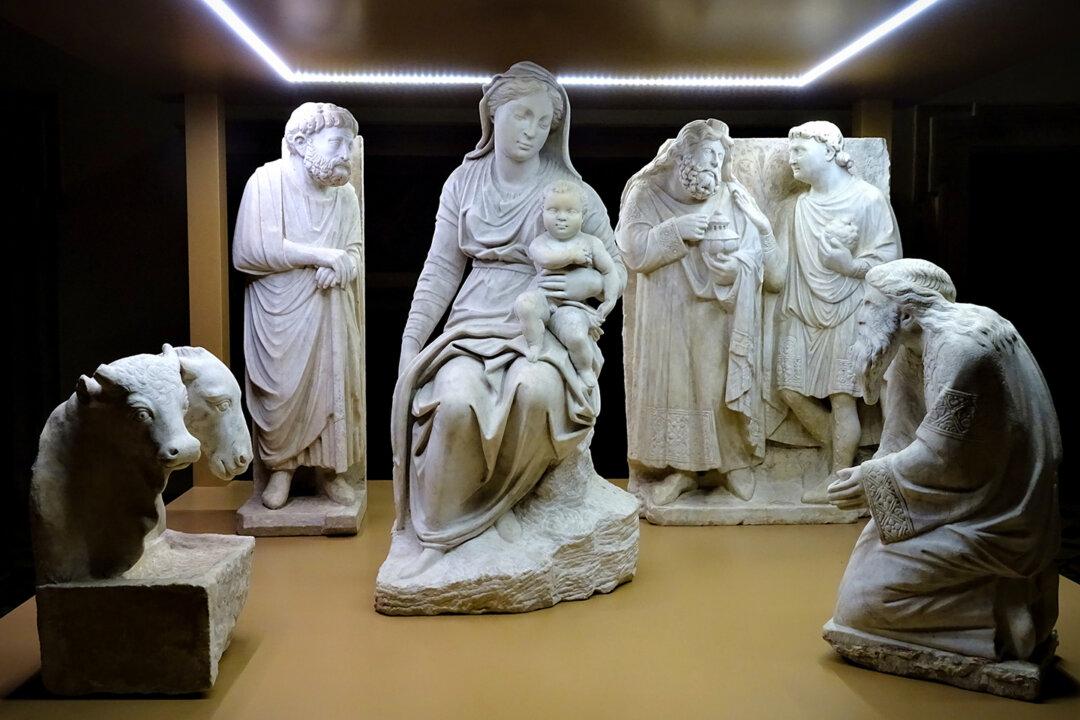Art lovers can spot Bartolomé Esteban Murillo’s trademark Madonnas from across a room. The Spanish painter’s ethereal, raven-haired, porcelain-skinned portrayals of the Virgin Mary tenderly embracing her son or hovering on heavenly clouds grace museums across the world. Yet for every innovative image of the Mother of God that the Baroque artist painted, he produced an equally pioneering depiction of fatherhood.
To illustrate paternal virtue, Murillo used scriptural examples, and his greatest source of inspiration was St. Joseph, husband of Mary and foster father of Jesus Christ. More subdued in color and gesture than his radiant Madonnas, Murillo’s St. Joseph paintings extol the nuanced qualities that typify great fathers.





